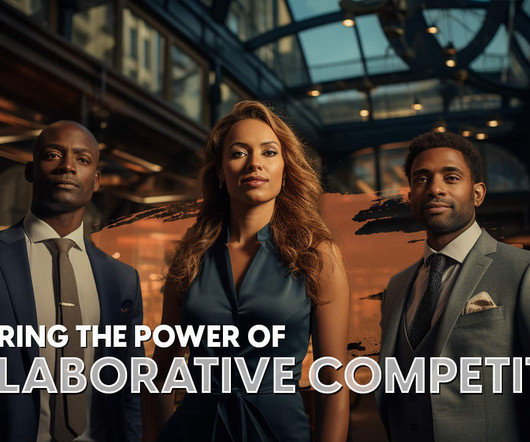Leadership and Knowledge Management
N2Growth Blog
FEBRUARY 22, 2011
It’s one thing to possess knowledge, but it’s quite another thing to leverage it. Leaders who don’t understand the value of distributable and actionable knowledge not only limit opportunities, but they’re also building huge contingent operating liabilities.












Let's personalize your content